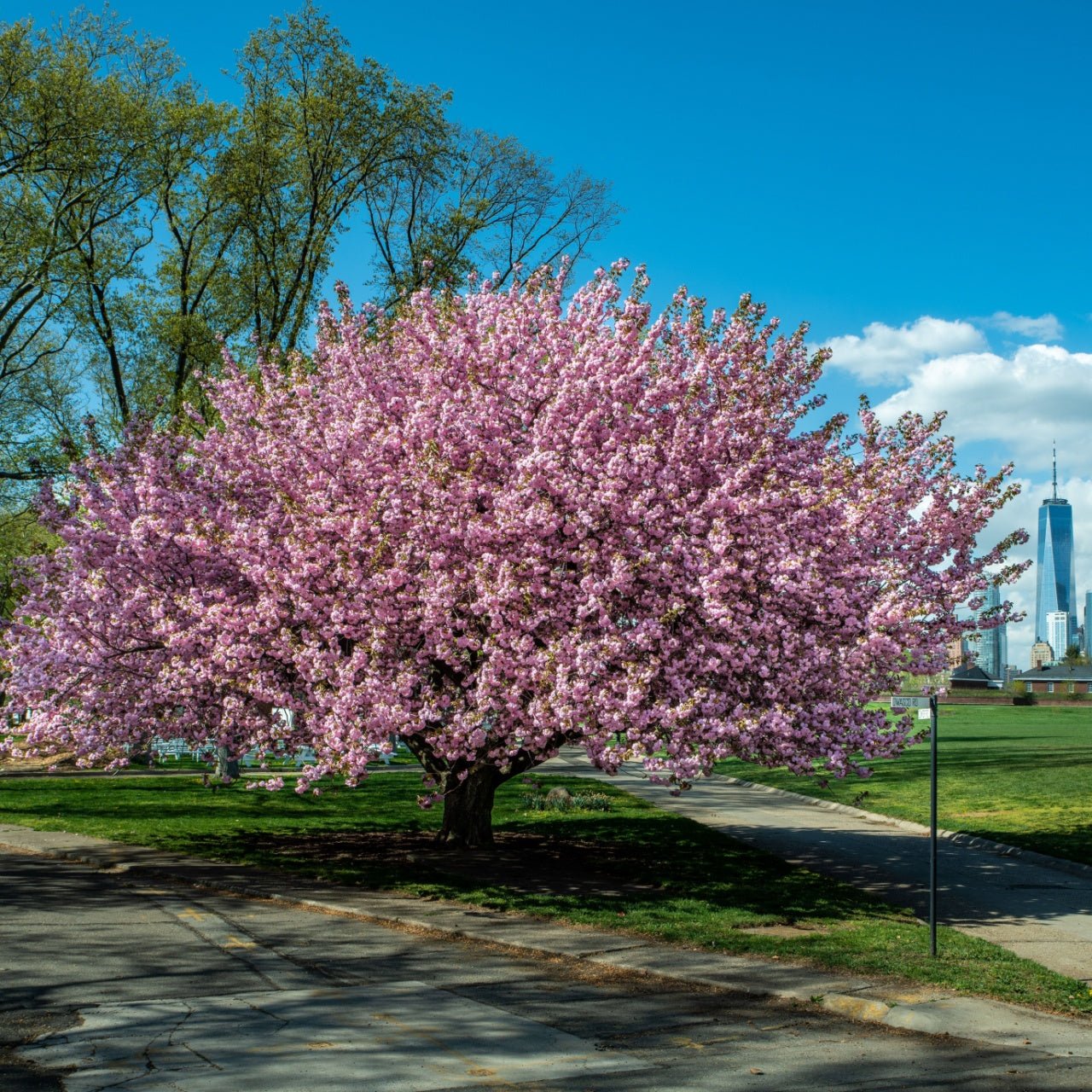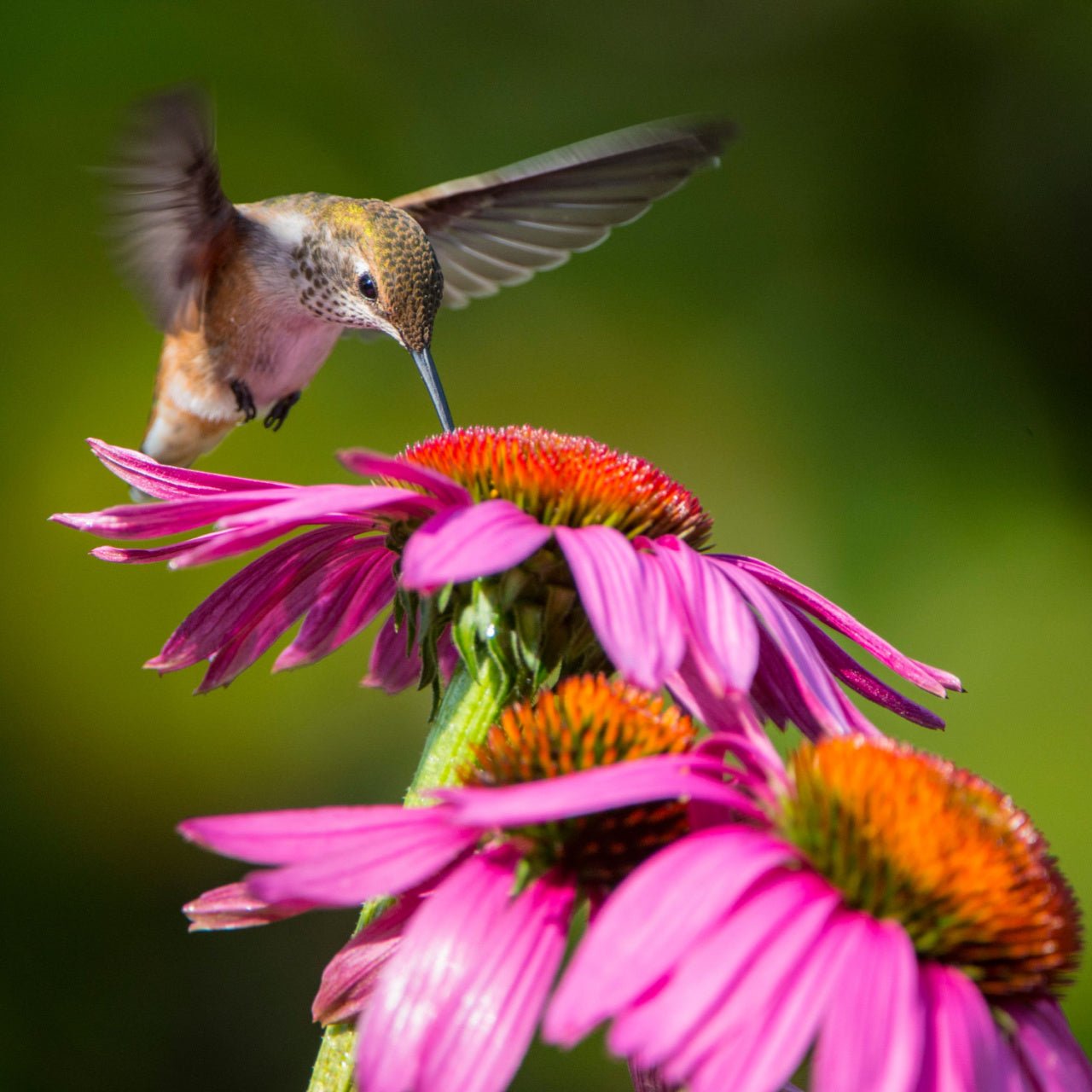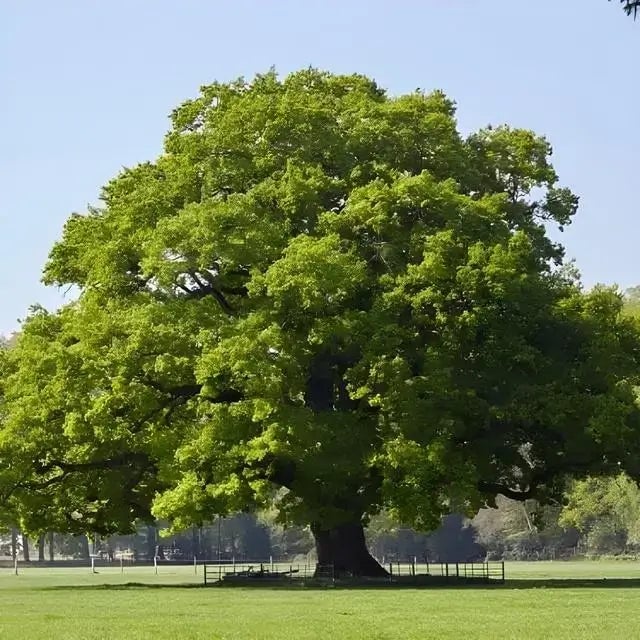

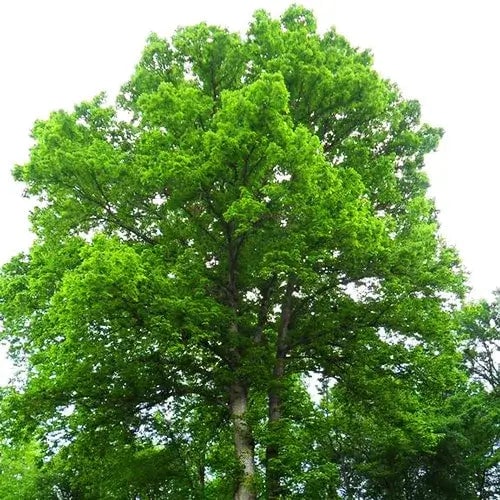
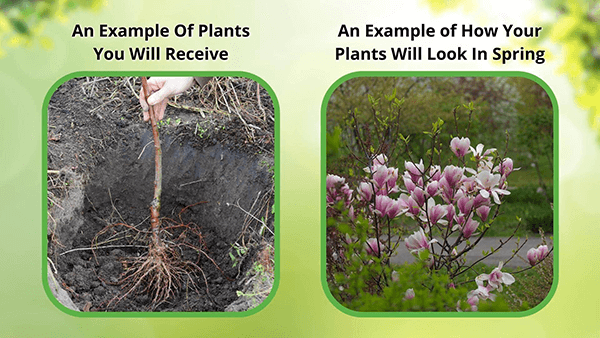

Chestnut Oak Tree
Excellent shade for hot summers
Attracts beneficial wildlife
Long lifespan and low maintenance
Thrives in
ZONE 4ZONE 5ZONE 6ZONE 7ZONE 8This plant ships:
November 20251 Year Guarantee on all plants
Chestnut Oak Tree - Quercus prinus/Q. montana
The Chestnut Oak Tree (Quercus prinus/Q. montana) is a native, deciduous tree found in the eastern and southern parts of the United States.
Plant Details - Chestnut Oak Tree
Family: Fagaceae
Light Requirement: Full Sun
Water Needs: Moist
Height: 60 – 70 ft.
Spread: 60 – 70 ft.
Growth Rate: Fast
Bloom Time: Spring
Flower Color: Yellow
Wildlife Value: Attracts birds
Landscape Uses and Maintenance - Chestnut Oak Tree
Chestnut Oak Tree is a deciduous tree with large branches and elegant stature. This tree will have beautiful yellow orange color in the fall.
This tree is a low maintenance option for your property that will create a large, majestic impact. Plant this tree to create a shade garden.
Plant this tree in a location that has full sun. If this tree is planted in shade this will limit its growth.
This tree prefers well draining and acidic soil. It grows naturally in high, mountainous areas, so plant it in a location that has rocky or sandy soil. Avoid planting this tree in clay soil that may become waterlogged.
Its flowers are small and inconspicuous. Its male catkins are yellow in color, while its female catkins are redder in color.
This tree will produce large, shiny dark brown acorns that are significantly longer than other varieties that will drop to the ground. Crops of these acorns are produced less reliably than other species.
Water this tree thoroughly until it is well established. It is generally drought tolerant but be sure to give it water during prolonged dry periods during the hot summer months.
You should prune this tree when you notice damaged or diseased branches.
Protect this tree when it is young and susceptible to animal damage and deer browsing.
Looking to provide a haven for wildlife? Its acorns will attract lots of wildlife including small mammals and birds. Birds will nest in its branches.
Noteworthy Characteristics
Chestnut Oak Tree will also attract cavity nesting birds like owls and woodpeckers.
Its leaves resemble chestnut leaves, giving it its name. Its leaves are green with rounded lobes.
This Is How Your Plants Will Look upon Delivery

Height at Maturity
Over 25 Feet
Care
Chestnut oak trees thrive in well-drained soils and require regular watering, especially in the first few years. Apply mulch around the base to retain moisture and reduce weed growth. Prune the trees during late winter to maintain shape and remove dead or damaged branches.
Plant Reproduction
Chestnut Oak Tree spreads through acorns falling and germinating nearby
Plant bare root trees during the dormant season in early spring or late fall (November through April). Dig the hole twice as wide as the roots so the soil is well-drained. Position the tree so the root flare is at or just above ground level. Fill the hole back with the soil you dug from and water. Maintain soil moisture, especially in the tree's early years, by providing deep, regular watering. Apply a 2-4 inch mulch away from the trunk at the base to retain moisture and suppress weeds. Prune trees during the first few seasons to establish strength and resilience, remove damaged branches, and continue maintenance pruning as the tree matures. Regularly inspect for pests and diseases and apply integrated pest management practices. Protect young trees from mechanical damage and extreme temperatures with tree guards, and stake them if necessary for support, removing the stakes after one or two years.
Shipping date depends on the date displayed and chosen when you order from the product's page.
We only accept returns on plants verified dead. If you think your plants have died, we offer a 1 year warranty, please use this File a Claim Link to verify dead plants and start with return warranty process.






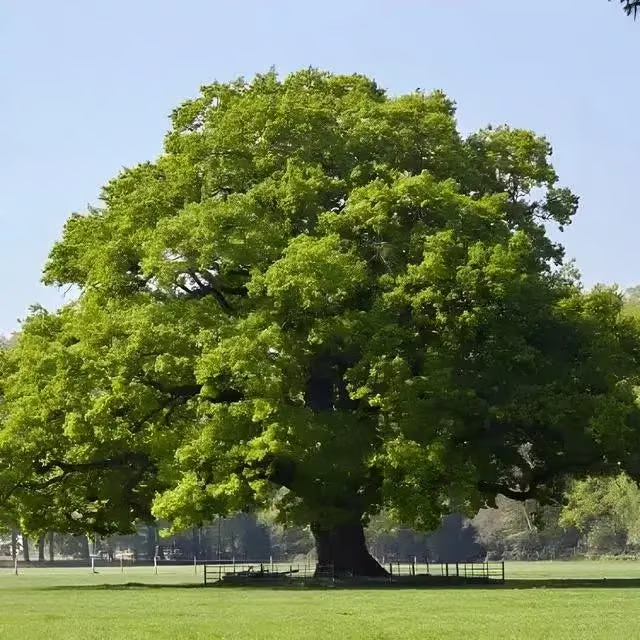
Majestic Size:
The Chestnut Oak Tree can reach heights of 50 to 60 feet, with some wild specimens growing up to 125 feet. Its towering presence adds grandeur to any landscape, creating a stunning focal point.
Seasonal Beauty:
Enjoy a spectacular autumn display as the Chestnut Oak’s glossy green leaves turn vibrant yellow and reddish-brown. This seasonal transformation brings vivid color and visual interest to your garden.
Wildlife Attraction:
The Chestnut Oak produces acorns that serve as a vital food source for wildlife, including birds and squirrels. Enhance your garden’s ecosystem by attracting and supporting local fauna.
Distinctive Foliage:
Featuring deeply lobed, toothed leaves, the Chestnut Oak adds a unique visual texture to your yard. Its distinctive foliage provides a sophisticated and appealing look.
Caring Tips
How do I care for my Chestnut Oak Tree?
Each box contains detailed care instructions and information about your product. But here's the basics.
Care Tips
Chestnut oak trees thrive in well-drained soils and require regular watering, especially in the first few years. Apply mulch around the base to retain moisture and reduce weed growth. Prune the trees during late winter to maintain shape and remove dead or damaged branches.
Light Requirements
The Chestnut Oak Tree thrives in full sun to partial shade. It prefers a sunny location with at least 6 hours of natural sunlight every day but can also tolerate some shade, particularly in hot climates or during peak summer heat.
Hardy Planting Zones
4 • 5 • 6 • 7 • 8
Header
Use this content to share information about your store and products.
Frequently Asked Questions
How often should I water my plants?
How do I know if my plant is getting too much or too little sunlight?
What should I do to prepare my plants for winter?
What are the signs that my plant needs fertilizing?
How can I prevent pests from damaging my plants?
How do I choose the right plant for my climate zone?





